Understanding Road Fatalities in India: The Numbers Hide a Deeper Story, One that is Frightening!
172,890 road fatalities in 2023! The numbers are mind-numbing, tragedies are everywhere, and yet it does not register – in our minds or that of the authorities. What’s wrong with us?
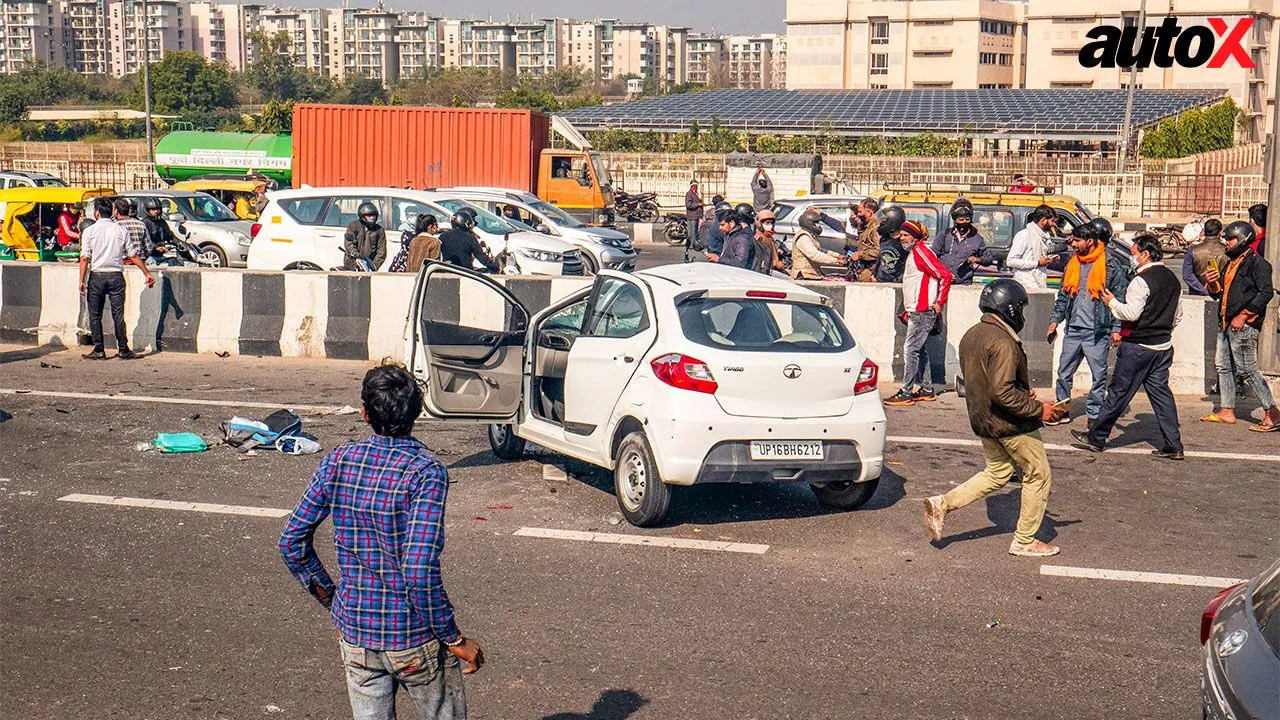
A single death is a tragedy, a million deaths is a statistic. This line is attributed to Stalin, but there’s no record of that evil dictator ever having said these very words. However, that’s an insignificant issue compared to what’s expressed in that sentence. India is a land of scale, of mind-boggling numbers, so a figure of 1.73 lakh is just another small number for us. But it hides the 172,890 needless tragedies that occurred on Indian roads and highways in 2023. Deaths. A loved one is never coming back. Of them, about 10,000 were minors.
2023 was a new record for the country, and it’s nothing to be proud of. On average, a staggering 474 people died on our roads EVERY DAY. Or, if you prefer, 20 deaths EVERY HOUR. In 2022, it was already a not-so-insignificant 1.68 lakh deaths. The growth in fatalities from 2022 to 2023 is 2.6% – this is one measure of growth in India that’s completely undesirable. You may argue that, when compared to our population, 1.73 lakh is a mere drop in the ocean – but that’s not the way you should look at this depressing statistic.
Understand the context. According to a recent news item in The Economic Times, the road death rate in India is substantially higher – at around 250 per 10,000 km as against 57 in the US, 119 in China and 11 in Australia. Another metric to look at is car penetration – according to a CRISIL report, India has 26 cars per 1,000 people (FY24), while global peers like China were at 183, Mexico at 280 and Brazil at 276 – by the way, this is CY21 data. While OEMs salivate over the under-penetrated potential of car ownership in India, I worry about what it implies. What these two metrics essentially mean is that our roads are deadlier than many other countries. For every kilometre, more Indians are dying, despite having a low car penetration. So when our roads expand and more people buy cars… I am not doing the morbid math.
Also Read: How Companies Can do More for Road Safety than Individuals and the Government
Okay, passenger car penetration is not the only yardstick when our vehicle park is extremely diverse – it’s especially dominated by two-wheelers. According to the Ministry’s data from 2015, India had about 210 million registered vehicles in the country. The number of vehicles per 1,000 people then was 158. Today, the number of registered vehicles is at 383 million, while road length has increased from 48.6 lakh km to 63.3 lakh km as of 2019. We have added around 13 crore people since 2015. It still means that vehicle population remains substantially under-penetrated in India.
In any other civilized country, a fatality statistic like this would have hit hard and would have made the Union Government and State Governments sit up and take action, but as the wise old Georgian from Soviet Russia (purportedly) said…
The Ministry of Road Transport & Highways has yet to release the official data, but Minister Nitin Gadkari has provided a glimpse of what to expect – and it’s gruesome. It seems that a staggering 35,000 crashes took place in front of schools and colleges, leading to 10,000 deaths. Vulnerable road users like pedestrians accounted for 35,000 deaths. 54,000 fatalities occurred because of not wearing helmets, while 16,000 were because of the non-usage of seatbelts. 12,000 deaths were due to overloading. As you would expect, two-wheeler riders account for the largest chunk of overall fatalities, about 77,500 or a whopping 45% of the total. The numbers just keep coming on, but one is left numb. The tragedy is yet to register in our minds and of those who have been empowered by us to curb it.
Also Read: Why I'm Giving up on Telling People That Wrong Side Driving is Wrong and Dangerous!
If I had anything to do about it, I would concentrate on vulnerable road users like pedestrians and two-wheeler riders – both contribute to 65% of all deaths, and it has always been so. Intensify efforts to make it easy and safe for pedestrians to use roads, while we need concentrated action to curb rider deaths – enforcement, education, engineering and emergency care. The four ‘E’s is something MoRTH had delineated back in 2011! Whatever we are doing now is obviously too little, too late and too ineffective. Time to get into mission mode.
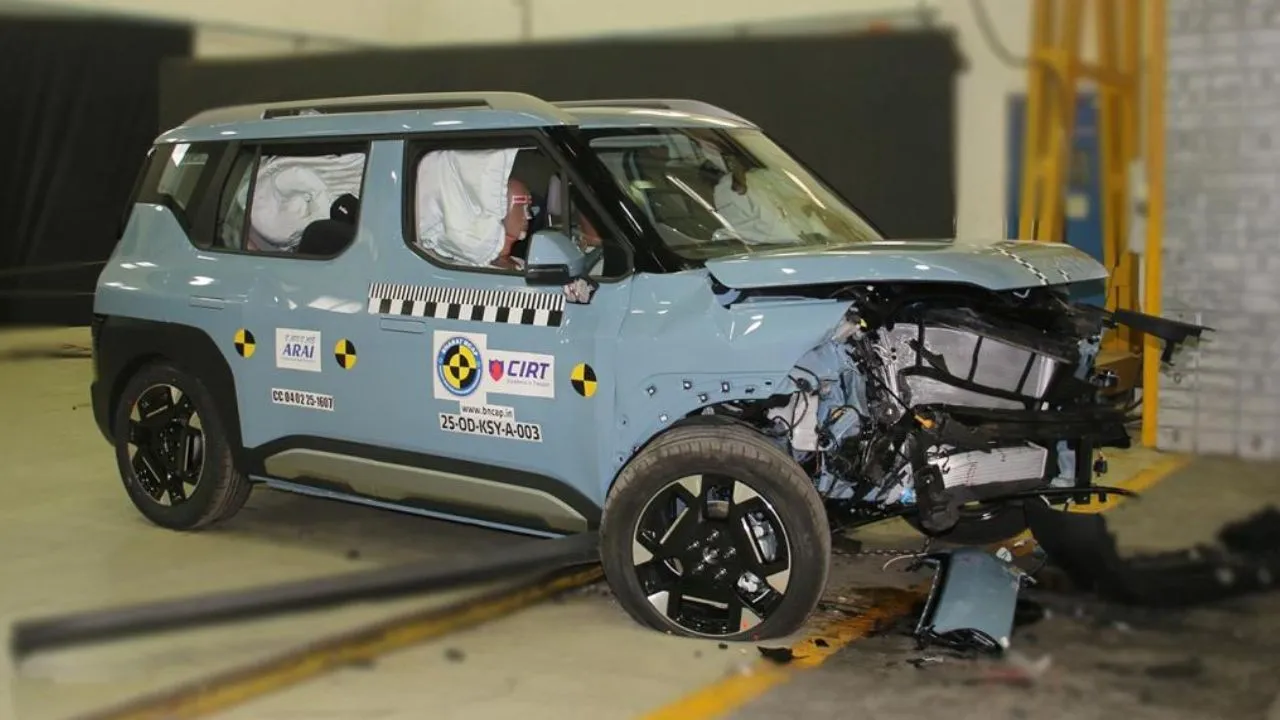



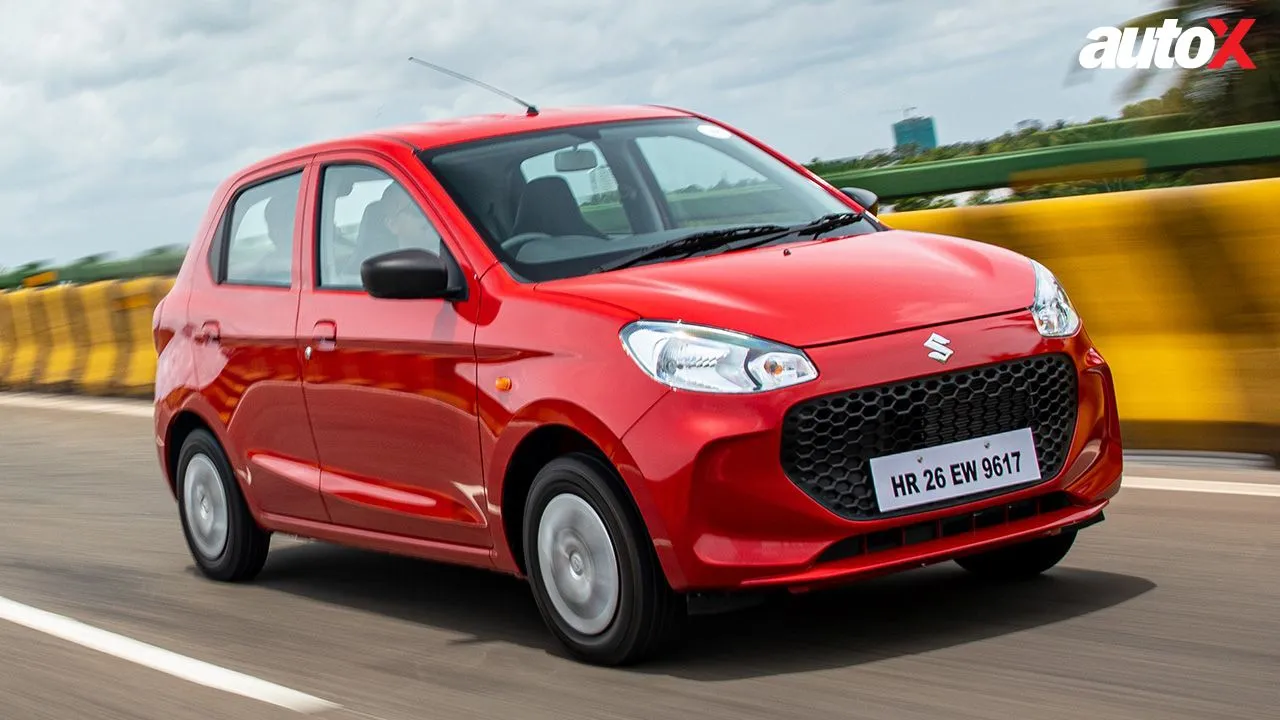
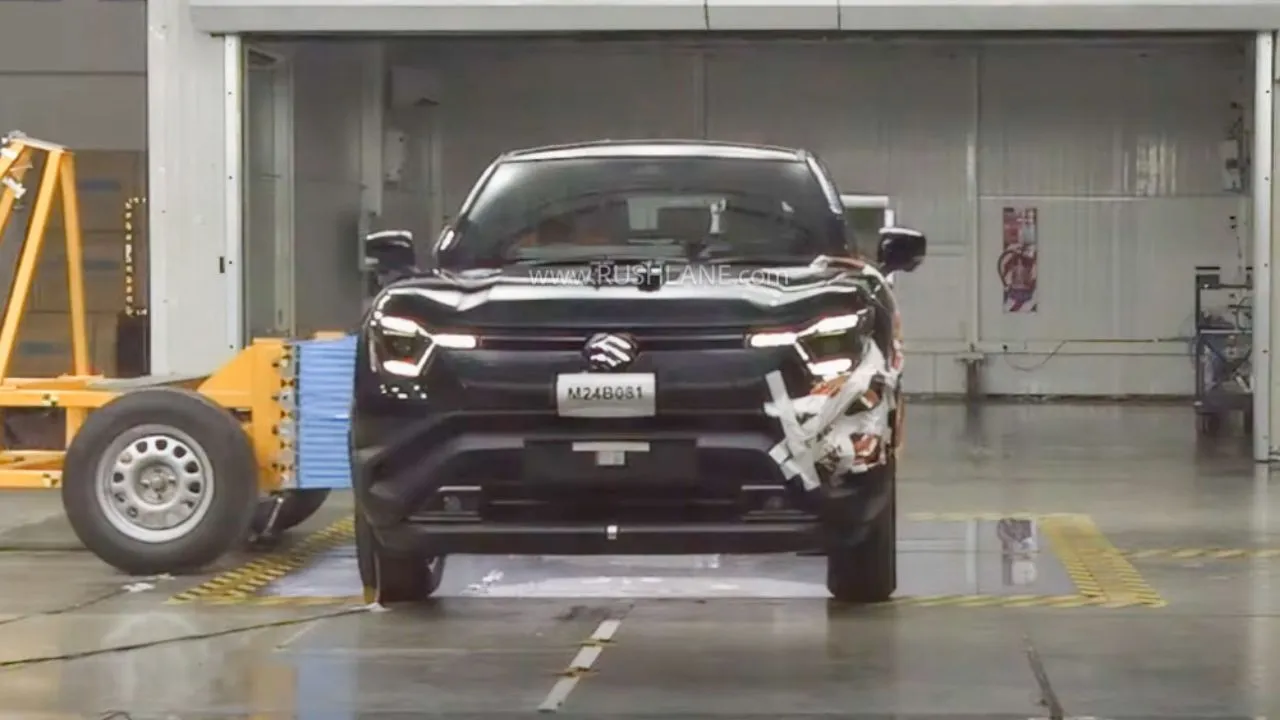

-(17).webp)

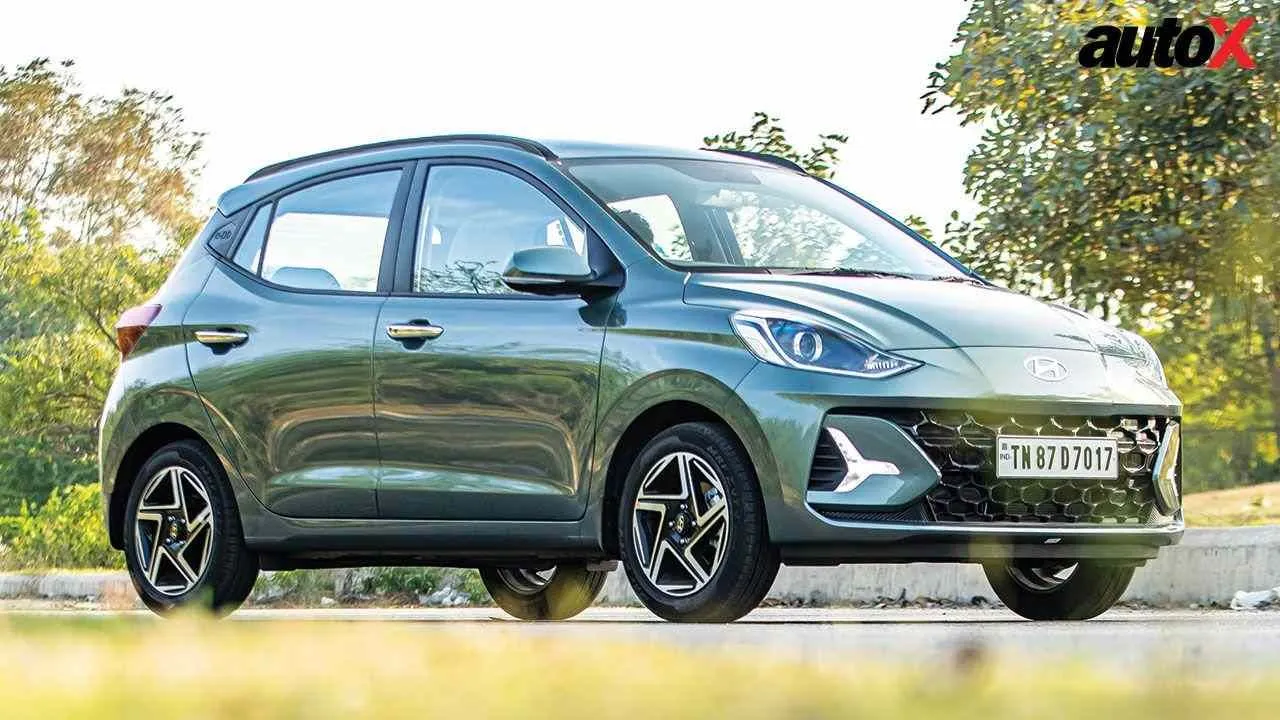



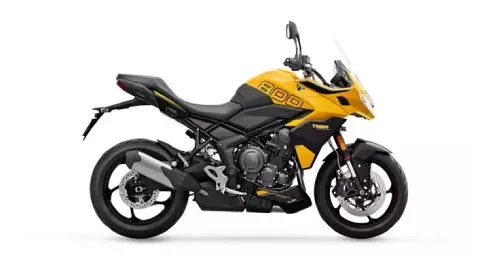
















Write your Comment on